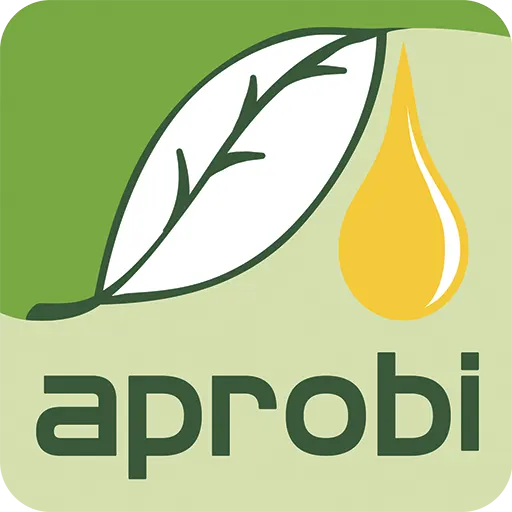Bioenergy source from tropical Peat

There are billions of plants, soil and tree species that can grow in tropical countries. Each tree and plant is also categorised based on where they are adaptable to grow. In botany, a tree is a perennial plant with an elongated stem or truck, supporting branches and leaves in most species. Each of their species has their own function and is beneficial.
Among numerous soil, trees and plants there’s only one species that is suitable for bioenergy source which is peat soil. 3 different resources such as CIFOR, NIFOS and UMP institutions have been doing collaborative research recently in order to identify the potential and productivity of particular bioenergy plants on degraded and underutilized soil. This research has been under process to discover the best production method of bioenergy that doesn’t need to compete with food production and yet still obtaining renewable energy.
Within the broad area of resourcing total 7,2 million hectare land located in Central Kalimantan. The majority of the soil are mostly degraded ones caused by forest fires and conversion to be agricultural and mining. More than 40% of the population doesn’t have electricity and depends on biomass woods for daily usage.
The result of research the resources have discovered regarding classification when it comes to trees and plantations are those able to produce energy and endurance of food producing at the same time recovering the soil. This following forest apparently experiences severe flood and extreme drought yet easily burns once the temperature gets too high. Peat soil would grow best in an agroforestry management system rather than a monoculture system.
Peat is the most adaptive type of soil to plant and grow as a bioenergy plant for degraded land In Buntoi Village, Central Kalimantan. Himlal stated that this was the best solution in developing the Agroforestry system to become a soil usage strategy in better terms. Considering its potential for increasing farm productivity and income, also biodiversity for expanding growth and preventing any bad consequences and terrible environment.
Peat itself is one of the versatile organic soil that contains bioenergy sources. Peat forms when plant material does not fully decay in acidic and anaerobic conditions. It is composed mainly of wetland vegetation which is likely bog plants including mosses, sedges and shrubs. As it accumulates the peat contains water, this slowly creates wetter conditions that allow the area of wetland to expand. Most modern peat bogs formed 12.000 years ago in high latitudes after glaciers retreated at the end of the ice age. Peat usually accumulates slowly at the rate of about millimeter per year.
Peat material is either fibric, hemic or sapric. Fibric peats are the least decomposed and consist of intact fibre. Hemic peat is partially decomposed and sapric aer the most decomposed. Phragmites peat is composed of reed grass, phragmites australis and other grasses, it is denser than many other types of peat. Traditionally peat is cut by hand and left to dry in the sun, whereas for industrial uses, companies may use pressure to extract water from the peat. Which is soft and easily compressed and once it is dry can be used as fuel.
Sources:


